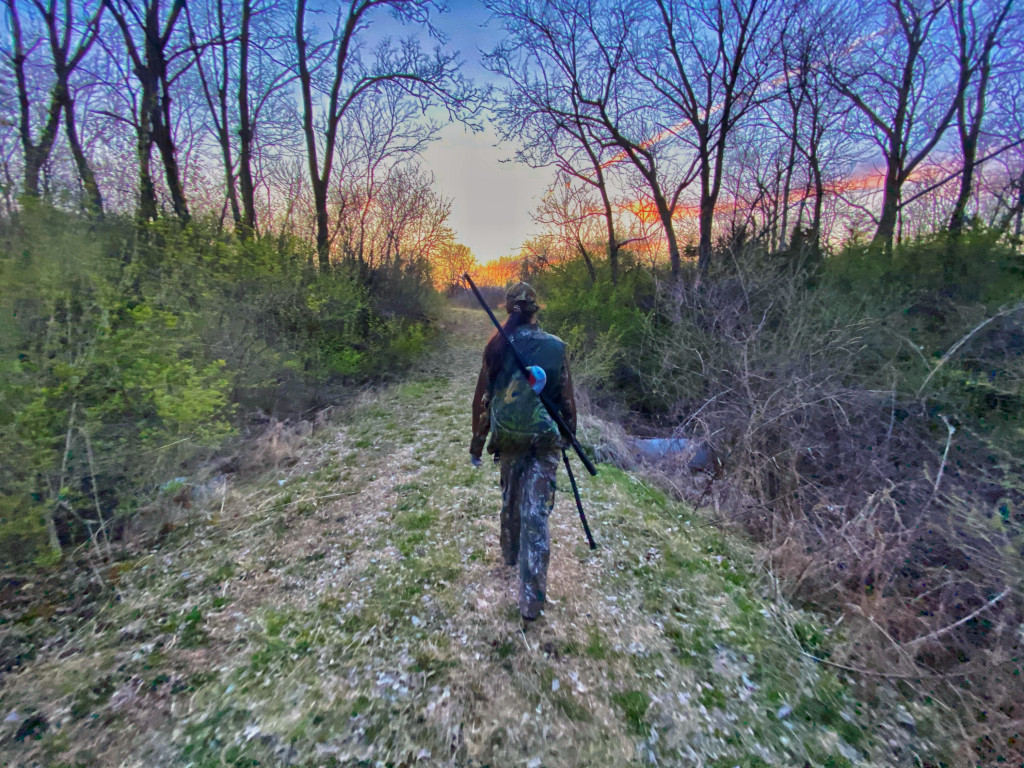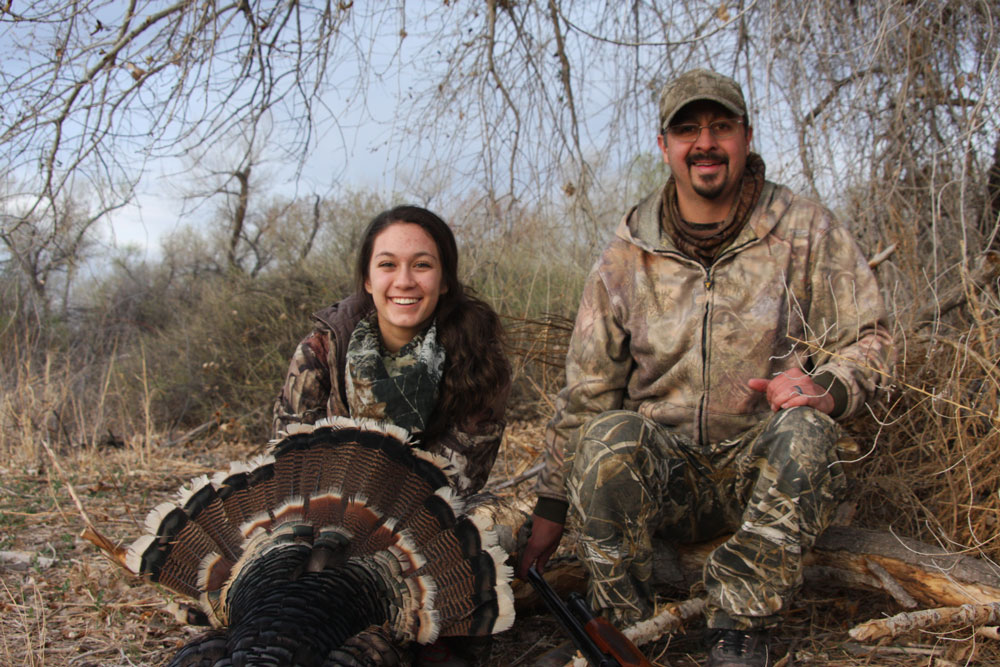Collectively these writings serve as a powerful reminder that women have always been among the ranks of our nation’s hunters.
Too often, the historical role of women as hunters has been overlooked, although it must be reckoned that there’s increasing evidence of welcome change in that regard. The editor of Sporting Classics Daily, for example, is a woman, and if I looked back over some of the most memorable trips I’ve taken over the last three decades a goodly number of them would involve one of the grand ladies of the hunting world, Mossberg’s Director of Media Relations, Linda Powell. Add to that game cookbooks written in tandem with my late wife, Ann, who wrought culinary wonders with meat from my successful hunts, and a maternal grandmother often described as “a squirrel hunting fool,” and I’d like to think that on a personal level I’m keenly aware of women’s links to hunting.
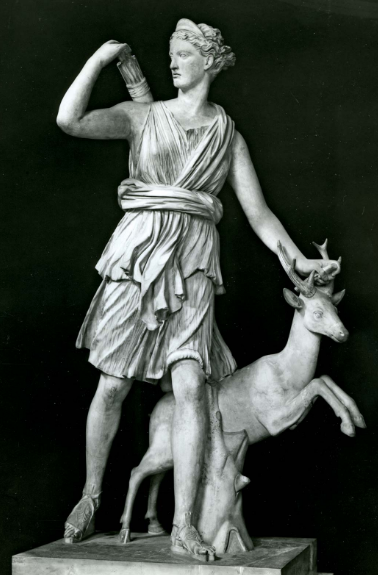
Artemis, called Diana by the Romans, is the goddess of the hunt in Greek mythology. This classical sculpture of Artemis stands at the Louvre, Paris. Image courtesy Alinari/Art Resource, New York
In truth, women hunting has occurred throughout the ages. Artemis, called Diana by the Romans, is the goddess of the hunt in Greek mythology. At various times in recorded history intrepid women have been hunting pioneers, and on the American frontier hardy ladies often hunted to put food on the family table. Those conversant with the history of exploration and hunting in 19th and early 20th century Africa know that individuals such as Florence Baker, Mary Kingsley and May French Sheldon hunted for sport or to feed their bearers in regions where few if any white travelers, male or female, had ever ventured.
Women have also figured, in what many may find a surprising fashion, in making significant contributions to the literature of sport. Any serious reader, bibliophile or book collector soon realizes as much. A brief glimpse at a few of the major female figures in sporting literature and their contributions will provide some indication of just how much this is the case. My focus here is on American writers, although it certainly should be noted that women from other countries, most notably England, have made significant contributions.
Ironically, my personal favorite among all female sporting authors used a nom de plume. Paul Brandreth (1885-1946), the author of a classic book on deer hunting, Trails of Enchantment, was actually Paulina Brandreth. Her decision was likely dictated by the same thinking which motivated major writers such as Charles Egbert Craddock (the pen name of Mary Noailles Murfree), Isak Denisen (Karen Blixen), J. D. Robb (Nora Roberts) and George Eliot (Mary Ann Evans) to use pseudonyms; namely, subject matter deemed unsuitable for coverage by a woman or likelihood of increased sales. When Brandreth’s volume appeared in 1930, and it is enjoyable from the first page to the last, it immediately became a blue-ribbon whitetail book. In the opinion of Rob Wegner, today’s most knowledgeable authority on the literature of deer hunting, “it is one of the best books ever written on the subject” and he feels “no one has better defined the art of still-hunting whitetails.” Unquestionably Brandreth was a superb hunter, a gifted writer and a woman who was in many senses ahead of her time. To join her vicariously in the pages of her book is truly, as the title suggests, to tread trails of wonder.

May French Sheldon kept her African porters fed with her hunting skills and wrote a book, Sultan to Sultan, which remains one of the great classics of adventure in the Dark Continent. Image courtesy the Pennsylvania Conservation Heritage Project.
Two generations before Brandreth, a feisty woman named May French Sheldon (1848-1936) ventured where few outsiders, male or female, had ever dared go—into the land of the feared Masai in East Africa. The Africans called her “Bebe Bwana” which roughly translates to “Lady Boss.” From a wealthy American family, Sheldon was in many senses a Renaissance woman. She knew the great Victorian explorer, Sir Henry Morton Stanley, quite well; achieved renown as a big game hunter in the Rockies; was one of the first women to be awarded a Fellowship of the Royal Geographical Society; and over the course of her life made four round-the-globe trips to remote places.
It was Sheldon’s safari in the lands of the Masai, however, which constituted her greatest adventure. At one point, when threatened by a warrior who screamed “Wah! Wah!” and threw his assegai at her feet, she responded with a blood-curdling “Wah! Wah!” of her own, fired a couple of quick shots over his head and promptly appropriated his spear for her collection of curios. She explored news areas, kept her African porters fed with her hunting skills and wrote a book, Sultan to Sultan, which remains one of the great classics of adventure in the Dark Continent.
Africa also furnished the setting for a number of other writers. In company with her husband, Ira, Julie Morse made a number of hunting trips in Africa and faithfully recorded her experiences in books. Osa Johnson, the wife of a pioneering live-action photographer in Africa, joined husband Martin on five lengthy trips to Africa as well as jaunts to Borneo and the Cannibal Islands of the South Pacific. Interestingly, while Martin hunted with a camera, Osa hunted with a gun. One of her key roles was to provide the camp table with meat, and that meant considerable effort inasmuch as a large cadre of porters and camp attendants had to be fed. She put “meat on the table” with impressive regularity and, by all accounts, displayed marksmanship of the sort we normally associate with Annie Oakley. In 1930 she became the first woman to be granted a professional hunter’s license in Africa. Among other feats, she killed a charging rhino on film, tracked down and dispatched a lion wounded by another hunter and showed a different side of her character by designing and marketing a special line of casual wear for women.
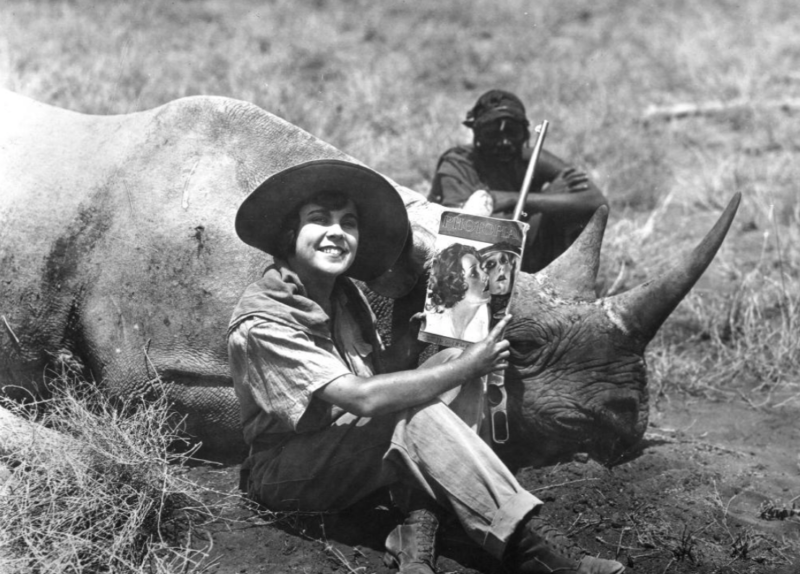
In 1930, Osa Johnson became the first woman to be granted a professional hunter’s license in Africa. Image courtesy of the Martin and Osa Johnson Safari Museum.
Her feats might lead some to conclude she was a rough-and-tumble individual who was at home in the wilds but totally adrift in prim and proper social settings. Yet that was far from the case for the author of books such as Four Years in Paradise and I Married Adventure. In 1939, along with the likes of Joan Crawford and Bette Davis, she was named one of America’s ten best-dressed women.
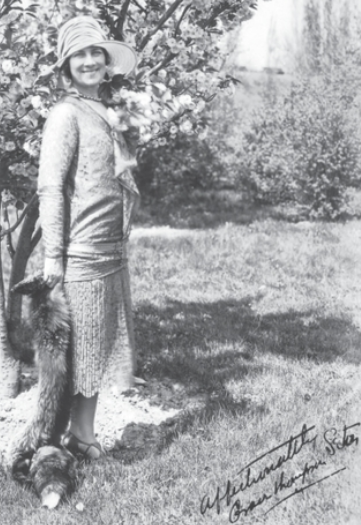
Grace Gallatin Seton successfully hunted jaguars in South Africa, tigers and elephants in India and many species of North America big game. Image courtesy University of Nebraska Press
Another lady who married a famous outdoorsman but accomplished much in her own right was Grace Gallatin Seton. Her husband, Ernest Thompson Seton, was one of the leading natural historians of his time, and after their marriage, Grace would face a daunting transition in lifestyle. Yet as she shares in highly readable fashion in A Woman Tenderfoot and Nimrod’s Wife, Grace went from a cosmopolitan New York society darling to endless months of roughing it in the wilds. She became a skilled big-game hunter in short order, and her ability to share the joys of the quest makes her prose timeless. Interestingly, she was a staunch feminist, and in the late 1930s she organized an international gathering of women writers. Always though, hunting held her heart. Long after divorce found her traveling a new life’s path, she made a point of taking hunting equipment with her wherever her travels as a charter member of the Society of Women Geographers took her. She successfully hunted jaguars in South Africa, tigers and elephants in India and many species of North America big game.
Alongside these individuals stand dozens of other women who not only hunted but shared their experiences with others. As such, they are an integral part of an important, enduring aspect of American sporting history. Collectively their writings serve as a powerful reminder that women have always been among the ranks of our nation’s hunters.
10 Recommended Reads by Women Hunting Writers
Reading preferences, like so many things in life, are in large measure a matter of personal taste. Accordingly, the list which follows might not be everyone’s cup of tea, but it lists ten authors, in alphabetical order, whose works fall in my “must read” category. While a couple of the volumes are quite rare, most are readily available in the original form or as reprints.
- Paul Brandreth, Trails of Enchantment
- Gretchen Cron, The Roaring Veldt
- Kathy Etling, Hunting Super Bucks. Etling has written several other outdoor books.
- Gesna Felts Griffith, Happy Times in Alabama’s Beautiful Woods. To my knowledge this is the only work on turkey hunting written by a woman.
- Constance Helmericks, The Rivers Ran North. More adventure than hunting, but a superb travelogue of a woman dealing with the wilderness.
- Agnes Herbert, Two Dianas in Somaliland: The Record of a Shooting Trip. She was also the co-author of Two Dianas in Alaska.
- Osa Johnson, I Married Adventure and Four Years in Paradise
- Julie B. Morse, Yankee in Africa
- Grace Gallatin Seton, Nimrod’s Wife and A Woman Tenderfoot
- May French-Sheldon, Sultan to Sultan
Those who are deeply interested in this topic will also want to read Ken Czech’s carefully researched work, With Rifle and Petticoat: Women as Big Game Hunters, 1880-1940. A even more recent book profiling lady hunters is K. J. Houtman’s Why Women Hunt.
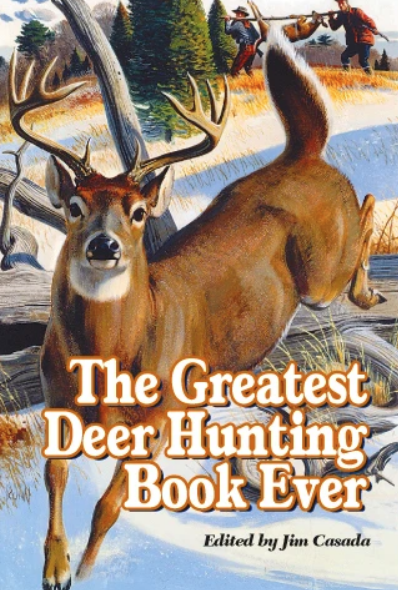 Altogether, these carefully chosen selections from the finest writings of a panoply of sporting scribes open wide the door to reading wonder. As you read their works you’ll chuckle, feel a catch in your throat or a tear in your eye, and venture vicariously afield with men and women who instinctively know how to take readers to the setting of their story.
Altogether, these carefully chosen selections from the finest writings of a panoply of sporting scribes open wide the door to reading wonder. As you read their works you’ll chuckle, feel a catch in your throat or a tear in your eye, and venture vicariously afield with men and women who instinctively know how to take readers to the setting of their story.
This is an anthology to sample and savor, perhaps one story at a time or in an extended session of armchair adventure. That’s a choice for each individual reader, but rest assured that on these 465 pages, there’s an abundance of opportunity to be enlightened and entertained. Shop Now


